CINCINNATI — As a United Airlines flight attendant, JoAnn Tholemeier was exposed to coronavirus before most of America knew what to make of it.
Now on leave from the airline, she volunteers for Welcome House of Northern Kentucky, a Covington-based nonprofit that’s working to end homelessness.

“I’m a worker bee,” Tholemeier said. “It’s what I like to do.”
But the hive she joined is in upheaval, having spent $111,000 on hotels since early April so people experiencing homelessness don’t have to risk catching the virus in shelters and spreading it to the community. Welcome House received a $50,000 grant from the COVID-19 Regional Response Fund to offset those new expenses. But its annual spring fundraising event was canceled, costing Welcome House about $50,000 in in-kind contributions. And CEO Danielle Amrine knows the nonprofit faces months of increased demand for its services.
“It’s a marathon, not a sprint,” Amrine said. “What will need to happen is we sustain this funding and donations beyond when the economy opens back up because that’s when we’re really going to feel the effects of COVID-19.”
Amrine believes Welcome House can handle the turmoil. But many nonprofits will not.
“Most nonprofits have less than one month of reserves available to them,” said Doug Bolton, CEO of Cincinnati Cares, a Norwood-based nonprofit. “A catastrophic event like we’ve experienced where they’re unable to do their work, collect their revenue, have their events is essentially an extinction event for our nonprofit sector.”
Cincinnati Cares operates a website that connects volunteers and donors to more than 650 local nonprofits. When COVID-19 struck, Bolton started surveying those nonprofits to quantify the impact of the crisis. About 25% have responded so far. They report combined financial losses of $124.4 million and 274,230 in lost volunteer hours, worth an additional $6.7 million.
Bolton sees the results as a call to action.
“One out of every five Americans depends on a nonprofit for something. And it’s a $200 billion industry, representing 10% of the work force of America. All of those numbers correlate directly to the Greater Cincinnati economy,” Bolton said. “Anywhere from 20 to 40% of our nonprofits will not survive this event.”
With the nation’s unemployment rate at 16% and first-quarter economic growth at -4.8%, the pandemic has clearly battered many segments of the economy. But none have been impacted quite like the nonprofit sector.
The Human Services Chamber of Hamilton County surveyed 55 of its member nonprofits in mid-April and found 80% of them lost revenue during the COVID-19 crisis. In addition, 73% reduced or suspended services, 66% have canceled an event and 29% laid off staff.
Hospitals shifted resources to expand intensive care units, while cutting pay and jobs in non-emergency settings. Arts organizations and museums canceled fundraising events and programming, even as they planned for a post-COVID world that will almost certainly mean smaller crowds and less revenue. And human service agencies are coping with the triple whammy of rising demand for their services, with government funding cuts and fewer volunteers to shoulder the cost of providing that much-needed help.
“Nonprofits are a little bit like air,” Amrine said. “Sometimes you don’t realize what they do until you don’t have it.”
Donors to the rescue?
Tholemeier said she wasn’t aware of Welcome House before a friend recommended it as a volunteer opportunity.
The 67-year-old Union, Kentucky resident worked some of the last departures out of Shanghai and Rome before United Airlines told her some co-workers had tested positive.
“I ended up with the symptoms,” she said. “I quarantined myself because I have a niece that I really am close to and I didn’t want to be passing it. So, I went home and pretty much stayed put.”
After she tested negative for the virus in mid-April, Tholemeier started looking for ways to help others.
“You feel like you’re doing good,” she said. “Everybody’s been really kind.”
Is this a random act of kindness or is Tholemeier part of the new normal in Cincinnati?
Cincinnati Zoo Director Thane Maynard would argue the latter.
“Cincinnati has a long tradition of philanthropy and community support,” said Maynard, who expects the pandemic will cause a 56% decline in zoo attendance to 800,000 this year. He also expects it will slow down a $150 million capital campaign for improvements tied to the zoo’s 150th anniversary in 2025. But he’s certain the zoo will weather the economic storm.
“When this thing hit, one of the very first calls I got was from Carter Randolph, who runs the Green Acres Foundation,” Maynard said. “And they’ve been supportive of the zoo for a long, long time. But rather than me calling him, saying, ‘Man these are hard times,’ he called me and said, ‘Let me know what your losses are. We want to talk to other nonprofits and weigh in because we know this is a crisis.’”
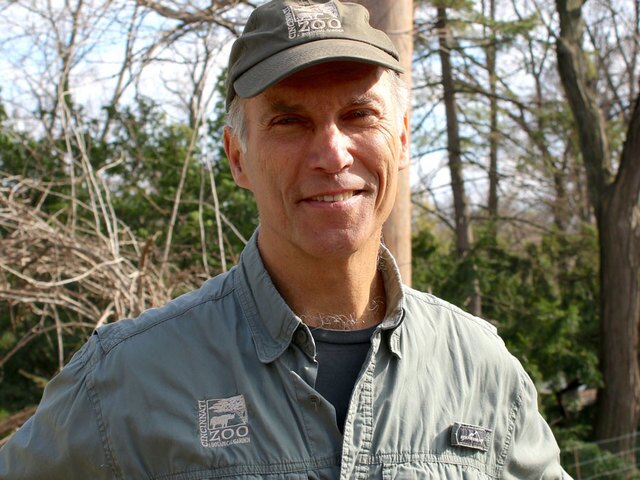
Andrew Hungerford agrees with Maynard that big nonprofits will be fine in the months and years ahead. But the producing artistic director of Over-the-Rhine’s Know Theatre worries about smaller nonprofits like his own.
“My hope is that we societally will look at this as a moment of change and be able to rebuild to something better,” Hungerford said. “My fear is that we’ll come out of this further entrenched in winners and losers and with greater economic disparity amongst both individuals and amongst organizations.”
Hungerford expects Know Theatre’s revenue will decline by up to 25%, or $200,000, this year. They’ll be using hundreds fewer volunteers this year and fewer part-time staff. He expects performances will change significantly in the next season – smaller casts, smaller audiences. And he expects patrons like ArtsWave and The Carol Ann and Ralph V. Haile, Jr./U.S. Bank Foundation will help him adapt.
“We’re a shark,” Hungerford said. “If we stop swimming, we don’t exist anymore. We die.”
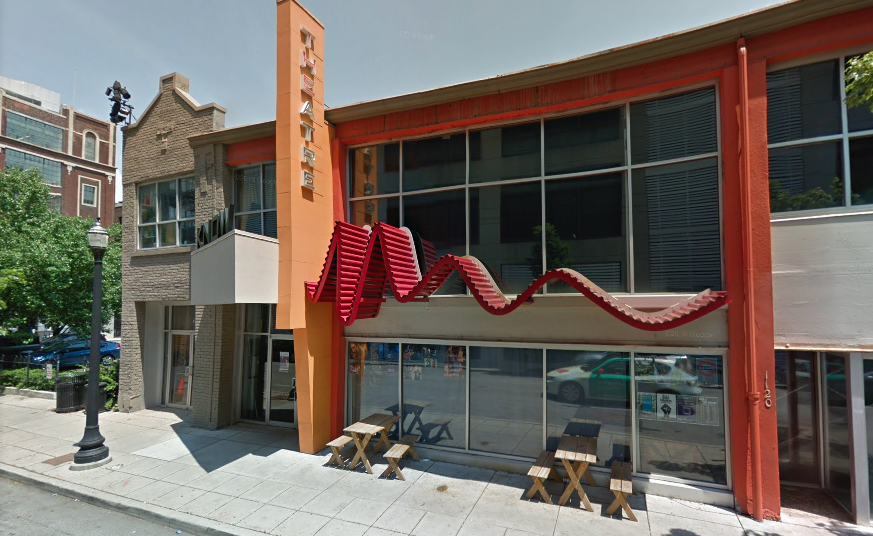
Greater Cincinnati arts organizations were among the first nonprofits to feel the economic pain of the pandemic.
As soon as the bans against mass gatherings started, “it really shut down business in a way that we couldn’t possibly have foreseen,” said Alecia Kintner, president and CEO of the fundraising organization ArtsWave.
ArtsWave tried to measure the impact immediately, sending surveys to 200 arts and cultural organizations during the first week of the crisis. The 60 organizations that responded said that if the shutdown were to continue through the summer, losses could total roughly $31 million.
Since that survey in early April, ArtsWave has stayed in close contact with about 40 local arts and cultural organizations to offer advice and -- when possible -- funding, Kintner said. Many organizations are finding ways to innovate, she said. But others, especially those that own their buildings and count on filling seats for income, are struggling. Some may not survive.
“There’s no question that things will look differently in the landscape when we come out of this,” Kintner said. “We’re gonna need the arts. Just how do we sustain them in this interim period, and how do we have large enough imaginations to rethink how do we deliver the arts?”
Emergency response varies by region
Sustaining nonprofits through that interim period has been the goal of the COVID-19 Regional Response Fund, announced March 18 by the Greater Cincinnati Foundation and United Way of Greater Cincinnati. So far, the fund has raised $7.2 million and awarded $6.6 million in grants to 236 nonprofits. The I-Team compared Cincinnati's effort to emergency-response funds in similarly sized cities within a 300-mile radius. It ranks fourth in total grant dollars awarded and first in the number of recipients. Its average grant size of $27,862 was the second-smallest in the seven-city comparison.
"The strategy was about moving as swiftly as possible," Greater Cincinnati Foundation spokeswoman Jaclyn Sablosky said in an email response to the I-Team's questions. "We wanted to spread the resources to nonprofits that had the widest reach so we could reach as much of the community as possible and get funding out as quickly as possible."
Eddie Koen is grateful for the Regional Response Fund’s contribution to Urban League of Greater Southwest Ohio.
“It is incumbent on people, now more than ever, that everyone who has a nonprofit they support, that they lean in,” said Koen, the group’s CEO since September. “This sector is working around the clock. A lot of them are traumatized by what they are seeing.”
Although the Urban League’s Avondale offices have been closed for weeks, the organization has responded to the COVID-19 crisis in full force.
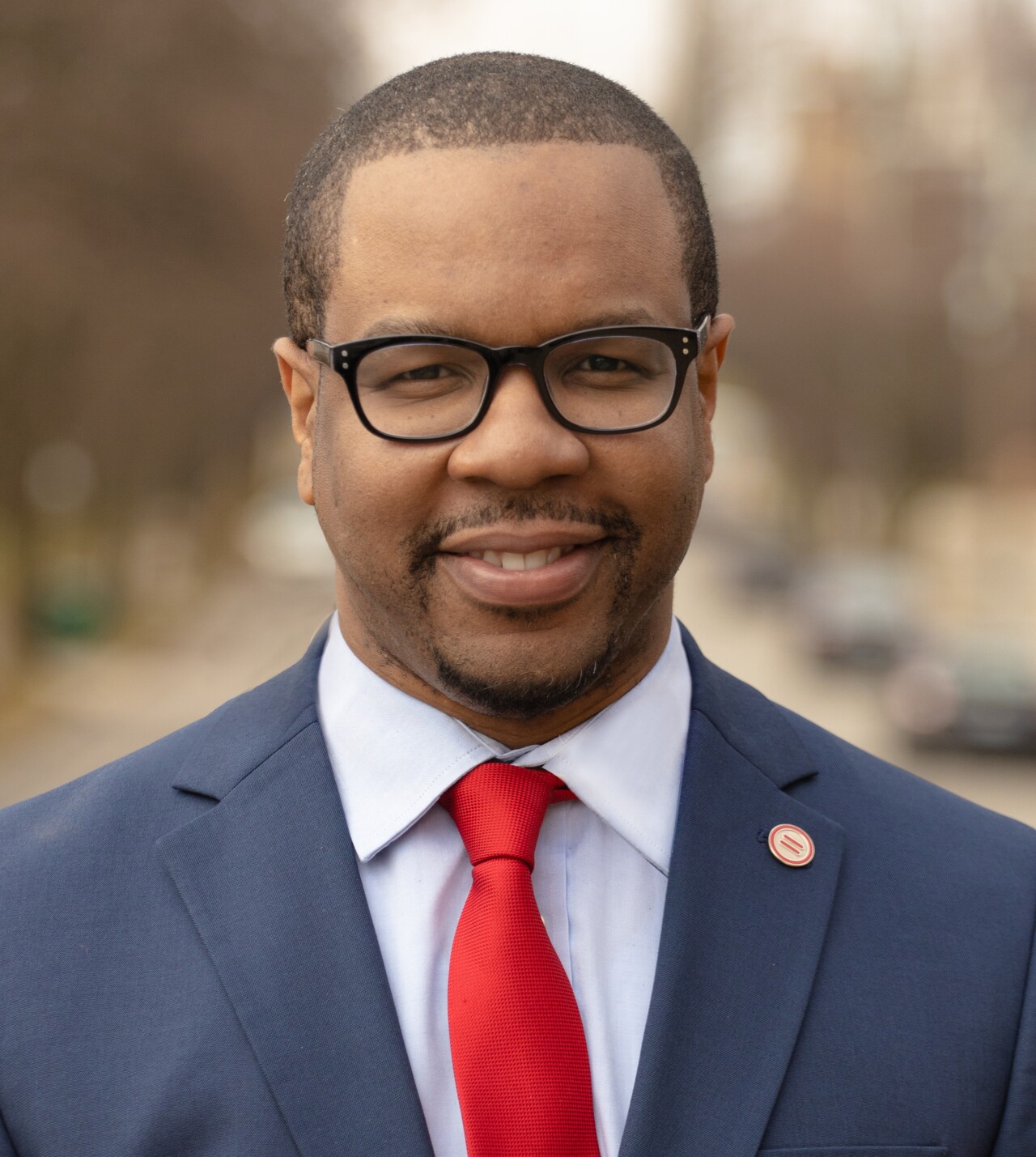
Job coaches have become technology coaches, Koen said, and the Urban League has found ways to loan clients the technology they need to navigate unemployment benefits and online job applications during the pandemic.
“The most growth has been around solopreneurs and mom-and-pop shops. Barbers, salons, folks who run hotdog stands,” Koen said, adding that the organization’s Small Business Development Center has been counseling entrepreneurs around the clock. “Is it better to go for unemployment? Have you looked at the suite of SBA loans? Can we help you navigate those systems?”
Nonprofits lean on PPP
Across the nation, nonprofits have some new resources at their disposal in the COVID-19 crisis, including paycheck protection loans and new tax incentives intended to encourage charitable donations. Both are part of the CARES Act, a $2.2 trillion stimulus program passed by Congress in March.
At least eight local nonprofits took advantage of the Paycheck Protection Program, which offers low-interest loans that are forgivable if at least 75% of the proceeds are spent on payroll expenses.
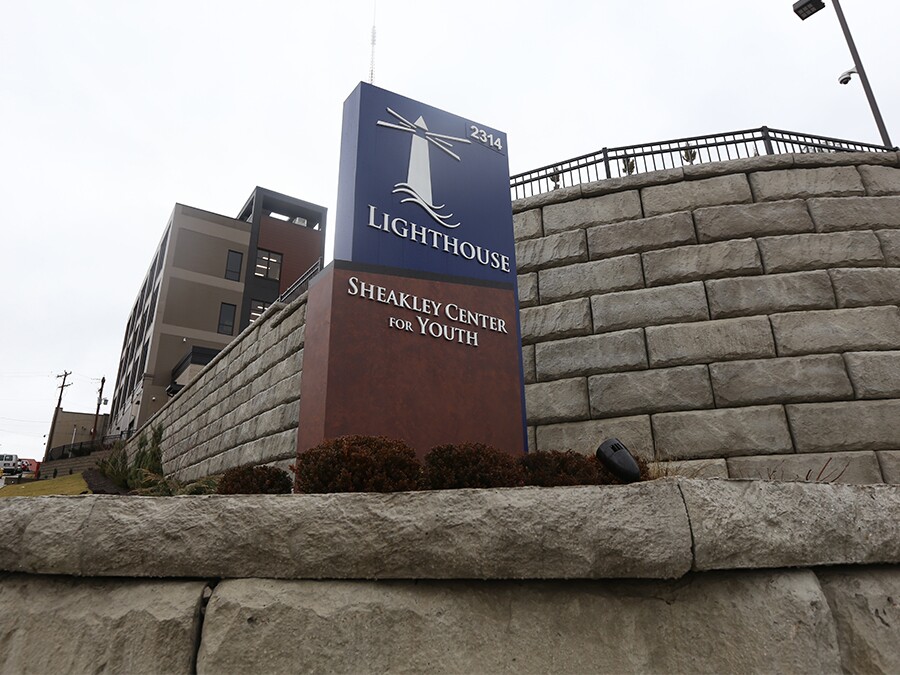
The Urban League had to furlough four employees whose jobs were tied to its Avondale building being open and another six whose salaries were paid directly by the City of Cincinnati, Koen said. The organization received a PPP loan during the first round to help pay its remaining 59 employees.
Big Brothers Big Sisters of Greater Cincinnati received a $230,000 PPP loan that will cover the cost of 30 employees for eight weeks, said Kathy List, president and CEO. The mentoring program has lost 30% of its revenue, and that could jump to 50% if List is forced to cancel fundraising events for the rest of the year.
“A lot of foundations are pivoting to urgent needs” like food, water and shelter, List said, while demand at Big Brothers Big Sisters “has doubled since March.”
Lighthouse Youth & Family Services received a $2.7 million PPP loan to cover expenses for roughly 400 employees. Vice President Jodi Harding said she’s paying up to $100,000 in bonuses and increased direct-service pay rates to “keep morale up and keep people at work.”
Family Nurturing Center had to lay off 70% of its staff at the start of the crisis, but a $545,000 PPP loan gave the organization resources to bring those employees back, said Executive Director Jane Herms.
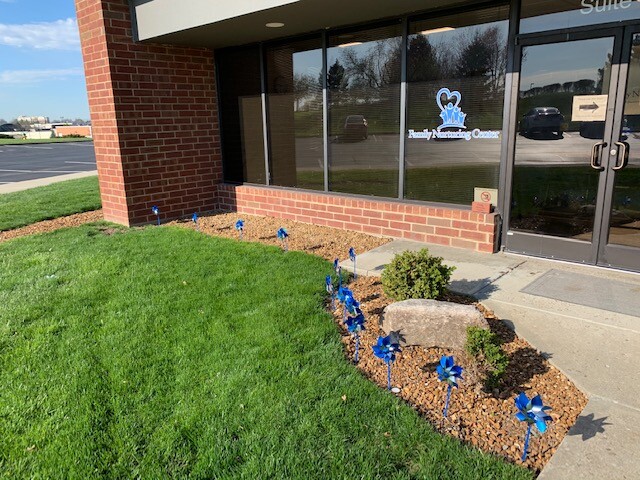
The Florence-based nonprofit works to end child abuse – work that is traditionally done in person. Herms said she’s expecting a loss of $750,000 in revenue because of the crisis.
“I think our best case is that we’re all back, bigger and better and stronger than ever. It’s called on all of us to be innovative. Services that we didn’t think we could deliver remotely, we are,” she said. “The worst case is that we won’t be here when people need us the most. And not just us – lots of nonprofits.”
From chaos comes innovation
One thing that’s clear from WCPO’s conversations with local nonprofit leaders is that they’re not just waiting out the crisis. They’re reinventing themselves to maintain connections with donors, clients and customers – even if they can’t be in the same room.
The Cincinnati Zoo generated more than 20 million views in March with a series of Home Safari events on Facebook Live. The most popular event on March 16 featured Fiona the hippo and her mom, Bibi, live from Hippo Cove.
The Dan Beard Council, Boy Scouts of America has adapted its programs to virtual formats through a new “scouting from home” program, said Andrew Zahn, the organization’s scout executive and CEO.

“We have been publishing daily videos with guided activities,” Zahn said. “We’re seeing over 1,500 views on these, and over 420 scouts have earned at least one merit badge so far through our virtual merit badge clinics.”
The Dan Beard Council also has introduced contests for scouts that they can do from home and has encouraged activities in scouts' backyards, basements and kitchens.
“The pandemic and the new reality that we were no longer able to hold in-person scout meetings, we had to stay relevant. We had to very, very quickly adapt,” Zahn said.
The Urban League established a text hotline – 797979 – that is staffed around the clock to make sure people get a response immediately, with most of the traffic coming between 7 p.m. and 4 a.m.
“We were evolving to focus on pathways to the middle class. We have not abandoned that,” Koen said. “But we know most people in the community are in crisis mode.”
Envision Children is an after-school tutoring program in the Winton Woods City School District with an annual operating budget of about $400,000. Executive Director Matt Hughes converted the nonprofit’s annual “Lighting the Way” scholarship brunch to a virtual fundraiser, which generated about half of its normal $50,000.
“This event, combined with an event in the fall called a Red Carpet Event, are where we get about a third of our budget,” Hughes said. “What’s neat about it is, in the last four days we went from about $4,000 all the way up to $27,000.”
The Point Arc in Covington asked some employees to move into several of their residential homes for people with developmental and intellectual disabilities so clients had a lower risk of exposure to the virus, said Judi Gerding, The Point’s president and founder.
“They have literally lived there for quite a while with no family,” Gerding said. “It’s worked really nice, and it sure helps keeping too many people from going in and out.”
Other staff are using video to provide instruction and keep in touch with The Point’s clients too, she said, but that has been more challenging.
“A lot of them don’t understand why they’re not coming to class anymore,” Gerding said.
Still, no amount of innovation can save a nonprofit if no money comes through the door.
‘Praying for a miracle’
A Child’s Hope International in Sharonville has seen a significant drop in donations since the start of the COVID-19 crisis, and the nonprofit has had to stop packaging the high-protein food it ships to feed 10,000 children per day, said Executive Director Larry Bergeron, who founded the organization in 2008.
The nonprofit relies on thousands of volunteers each year to assemble the meals. But the packaging floor has been empty for weeks, and the plant is idle.
“This virus could be the end of Child’s Hope International,” Bergeron said.

Bergeron received some good news last week. He said A Child’s Hope International learned it will receive $86,100 from the Paycheck Protection Program, which will guarantee jobs for his seven employees through July.
The nonprofit's packaging center reopened on Monday with four volunteers, according to Bergeron.
Bergeron said staff will take the temperatures of everyone who wants to enter the facility. Each person will be required to wear a face mask, gloves, a hair net and be at least six feet apart.
In order to produce the same amount of food that was packaged prior to the pandemic, Bergeron said he has contracted with out-of-state facilities at a 25-30% higher cost.
"God has told us to care for the hungry and, specifically, the children," Bergeron said.
The future is uncertain for Rosemary’s Babies Co., too. The three-year-old nonprofit aims to give teen parents the skills they need to succeed and provide a good future for their children.
But the organization relies on donors who give $20 or $40 at a time, and they’re not donating because they don’t have money to give, said Rosemary Oglesby-Henry, the nonprofit’s founder and CEO.
Oglesby-Henry is distributing any money that she does collect to her young clients so they can buy diapers, formula and other necessities, she said.
She had to cut ties with both of her nonprofit’s contract employees, and Oglesby-Henry got furloughed from the part-time job she was working while trying to grow her nonprofit.
Rosemary’s Babies Co. probably won’t even be able to match last year’s annual budget of $84,000, she said.
“One of the things we tell our teen parents, we will tell them that everything’s going to be OK. For me, I try to focus on the light, that everything will be OK,” Oglesby-Henry said. “I definitely don’t want to start from the beginning. But it kind of feels that way. I try to stay focused on the vision. I try to focus on that everything will be OK.”
“Just praying for a miracle,” she added.
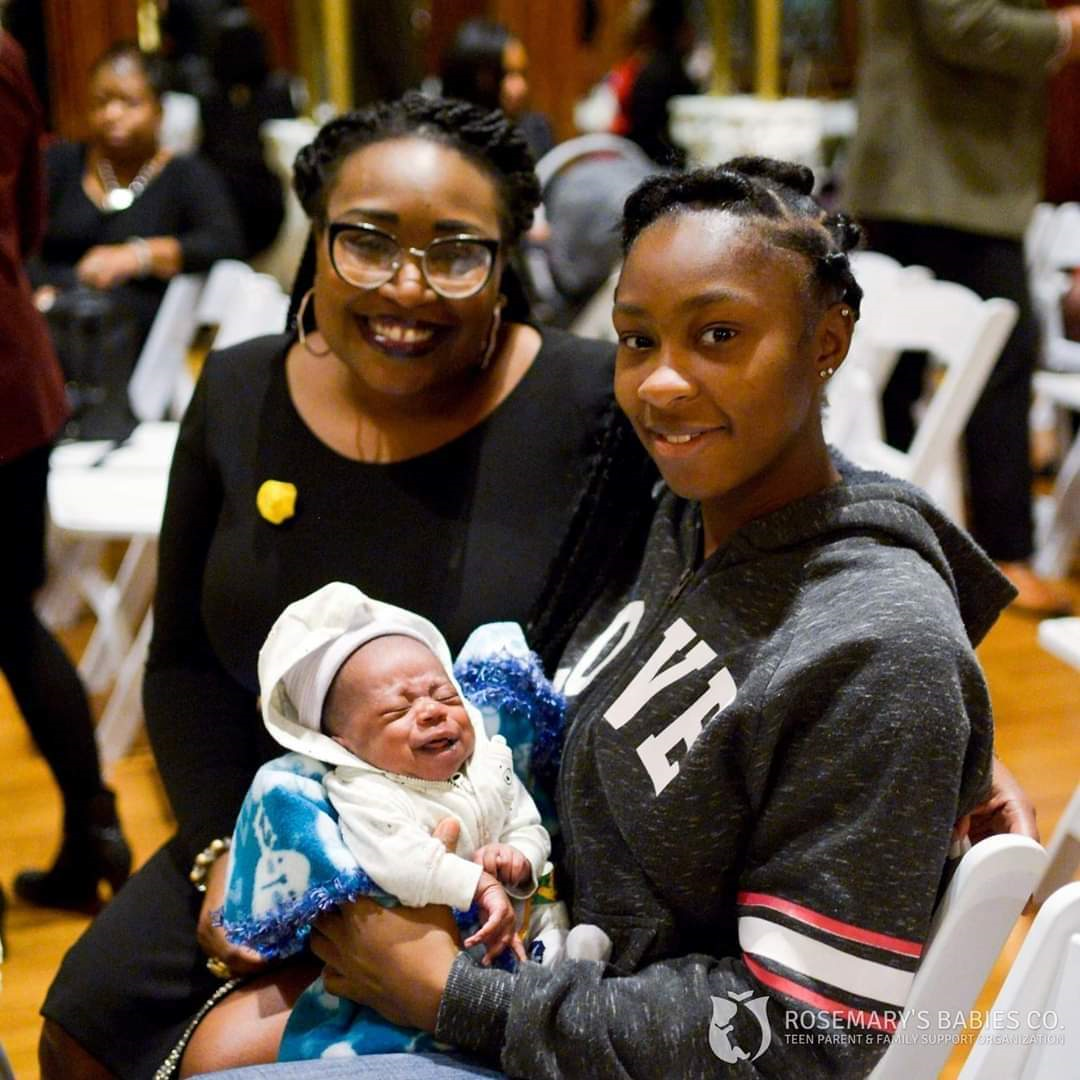
The impact of the COVID-19 crisis is unlike anything the nonprofit sector has experienced before, Bolton said.
“It’s way different than 9/11, way different than the 2008 financial collapse in that all of the nonprofits after the 9-11 attack and after the financial crisis could depend on volunteers to do what they needed to do,” he said. “In this event, volunteers are unable to do what they normally do.”
Even weeks into the pandemic, the community is just beginning to realize how hard nonprofits will be hit, he said, and the economic damage likely will be far higher than $130 million.
After all, the vast majority of Cincinnati Cares’ nonprofit partners haven’t told Bolton how the crisis has hurt them.
“There’s still a ways to go in terms of understanding the true economic impact on our community,” he said.
With understandable concerns about unemployment, housing and, of course, public health, nonprofit leaders worry that most people probably aren’t thinking about how – or whether – the region’s many nonprofit organizations will survive.
Herms, of the Family Nurturing Center, said she thinks of nonprofits as “an invisible network” that people don’t think about until they need help.
“I think it shows us that the system is really strong when it works, but it can be really fragile,” Herms said. “It’s been a wake-up call.”








